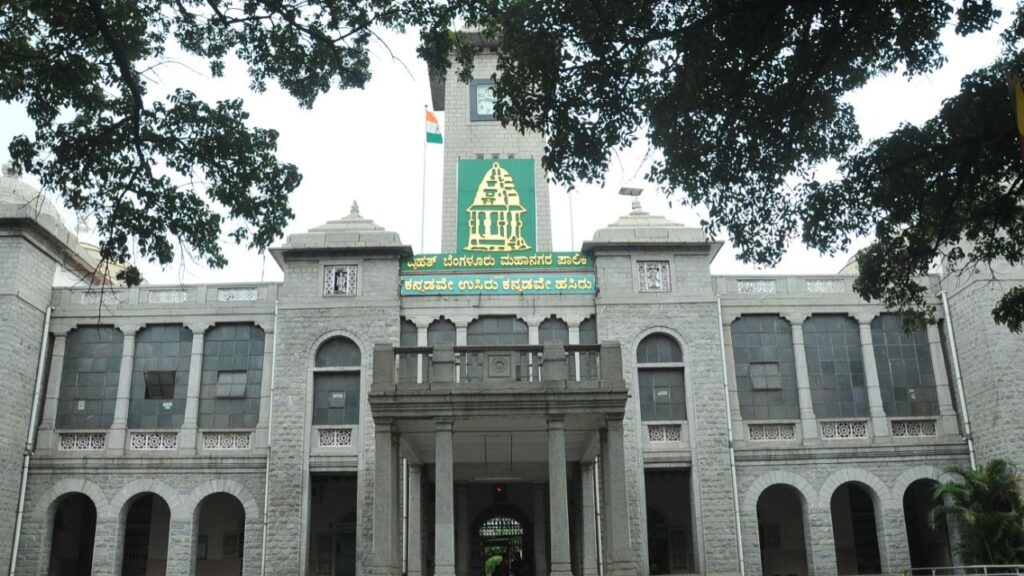Bengaluru, India’s tech capital, is set for a transformative shift in civic administration as the Greater Bengaluru Governance Act, 2024, takes effect on May 15. Passed by the Karnataka Legislative Assembly on March 10, 2024, and approved by Governor Thaawarchand Gehlot on April 24 this year, the legislation replaces the Bruhat Bengaluru Mahanagara Palike (BBMP) Act, 2020, restructuring the BBMP into a decentralized, three-tier governance model. This change aims to address Bengaluru’s rapid urban growth and persistent challenges in infrastructure, service delivery, and administrative efficiency.
The new system will divide Bengaluru into seven smaller municipal corporations, each managing civic services like waste management, road maintenance, street lighting, and water supply within their zones. This decentralization seeks to enhance localized decision-making and responsiveness, addressing the BBMP’s struggles to manage the city’s sprawling growth.
Overseeing these corporations is the Greater Bengaluru Authority (GBA), chaired by Chief Minister Siddaramaiah, co-chaired by Bengaluru Development Minister D.K. Shivakumar, and comprising local MLAs and heads of agencies like the Bangalore Development Authority, Bangalore Water Supply and Sewerage Board, and Bangalore Metropolitan Transport Corporation. The GBA will coordinate city-wide infrastructure and policy.
At the grassroots, Ward Committees will empower residents to engage directly in governance, voicing concerns, contributing to budgets, and overseeing local projects. This feature is hailed as a step toward transparency and accountability, potentially transforming how Bengalureans interact with civic authorities. The act also extends the mayoral term from 11 months to 2.5 years, ensuring greater leadership continuity and strategic planning.
The bill faced a contentious journey. Initially returned by Governor Gehlot on March 26, over concerns about violating the 74th Constitutional Amendment’s emphasis on local body autonomy and parallels to Delhi’s mixed governance outcomes, it was approved after clarifications from the state government. Supporters, including civic group Whitefield Rising, praise the model for enabling responsive governance, arguing it addresses the BBMP’s inefficiencies. However, the Bharatiya Janata Party (BJP) and civic collectives like Bengaluru Town Hall criticize it for centralizing power under the GBA, potentially undermining elected local bodies. Bengaluru Town Hall plans to challenge the act in the Supreme Court, calling it “undemocratic and unconstitutional”.
The restructuring also delays BBMP elections, overdue for over three years, as delimitation and ward reservations could take six to nine months. This has sparked concerns among former councillors, who allege political motives to postpone polls. The state government, tasked with implementing the act within 120 days from April 24, plans an all-party meeting to build consensus, with Deputy Chief Minister Shivakumar emphasizing collaborative implementation.
For residents, the model promises faster service delivery and greater accountability if executed well. Smaller corporations could tackle area-specific issues more effectively, and Ward Committees offer a direct voice. However, experts warn that poor coordination between corporations and the GBA, or inadequate resources, could lead to bureaucratic confusion and financial strain. The act’s success hinges on robust planning and stakeholder collaboration.
As Bengaluru transitions from the BBMP framework, the coming months will test this ambitious vision. While the act aims to create a more inclusive and efficient governance structure, its implementation will determine whether it revitalizes the city or succumbs to administrative challenges.

















